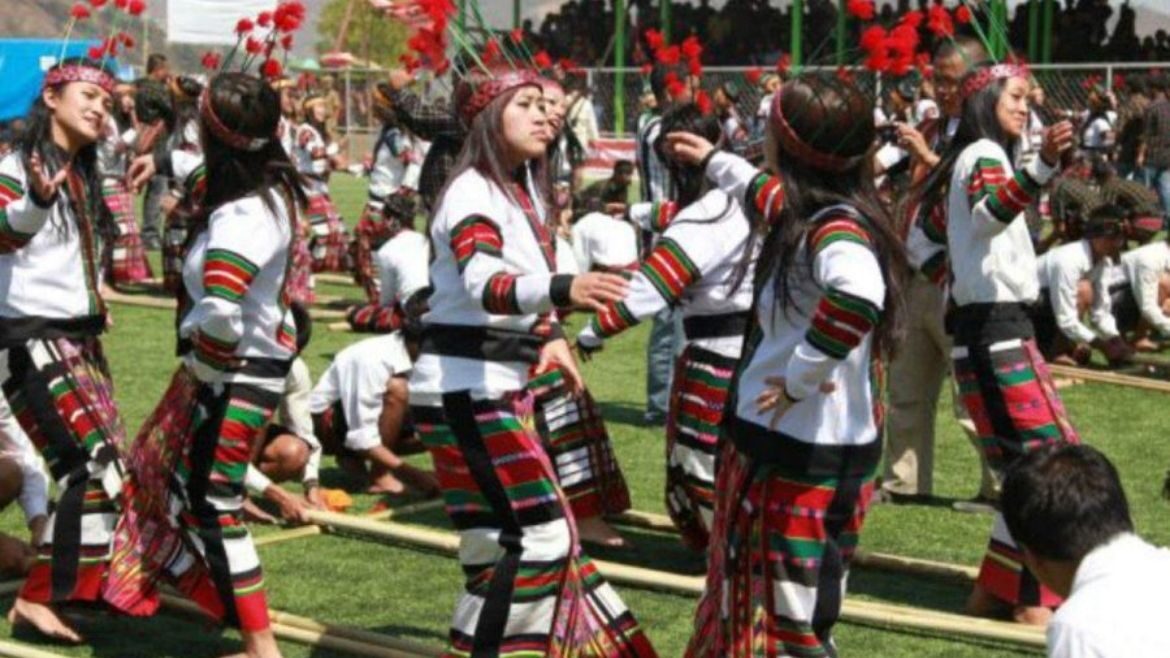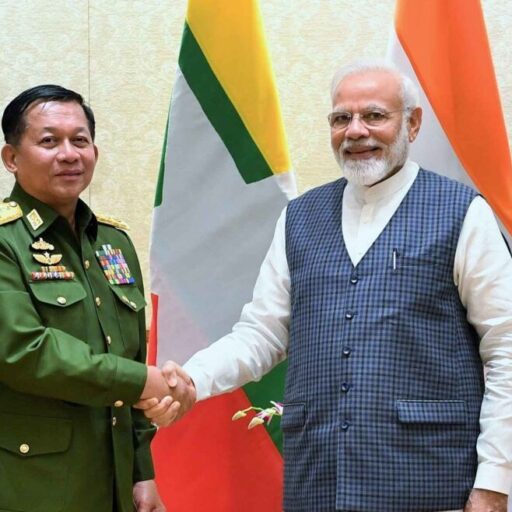The experience between the people of Myanmar’s Chin Hills and of Mizoram’s Lushai Hills shows that increased cross-border interaction has influenced the economic situation on both sides of the border. Sanjay Pulipaka blogs about the challenges and opportunities that come with increased exchanges across the border.
The world is recognizing the benefits of linking India’s North East to ASEAN. The governments of India and Myanmar as also international organisations and academic institutions have recently stepped up the pace of chalking out plans for greater connectivity and increased cross-border trade between India’s North East and Southeast Asia. While it will be a boon for the region, there is this to consider: that the consequences of increased trade will differ in the different states of the North East, depending on the local political and economic situation and inter-ethnic relations.
A case in point is the recent interaction between Mizoram in India and the Chin state in Myanmar – contiguous territories that reveal the complexity of interactions between communities and nation-states.
The people of Myanmar’s Chin Hills are often referred to as ‘Chins’ and people of Mizoram’s Lushai Hills are referred to as ‘Mizos.’ Many in Mizoram believe that Chins and Mizos belong to same ethnic group, and that the Chin-Mizo distinction is essentially a colonial construct that was used for administrative purposes. According to them, then, the present international border between India and Myanmar is also a recent construct, which has divided members of same ethnic community. Based on the ethnic similarity, there have been demands for the unification of territories populated by the Mizos and Chins in India and Myanmar respectively.




